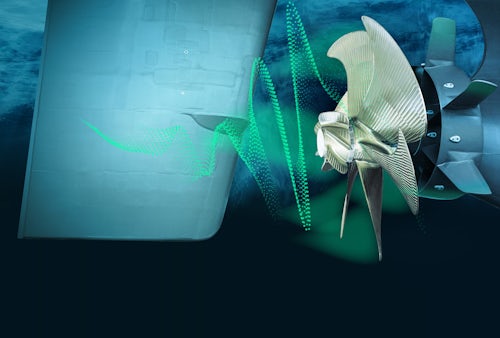Recently, the proportion of video in mobile traffic has been increasing exponentially. This video traffic growth trend is due to the development of Internet/video technology and changes in video consumption patterns.
Video service platform companies must bear a lot of costs to encode with better picture quality and smaller capacity. To solve this problem, BLUEDOT developed DeepField-PQO, an AI-based CODEC preprocessing filter. With the existing development method and as AI-based algorithms become more complex, design and verification take a lot of time, limiting the development period. To solve this, we introduced HLS to FPGA and developed it, and we introduced Catapult HLS to target ASIC.
With the introduction of Catapult HLS, we were able to flexibly respond to spec changes to improve performance, and shorten the overall development period through easier collaboration, verification, and code reuse.



